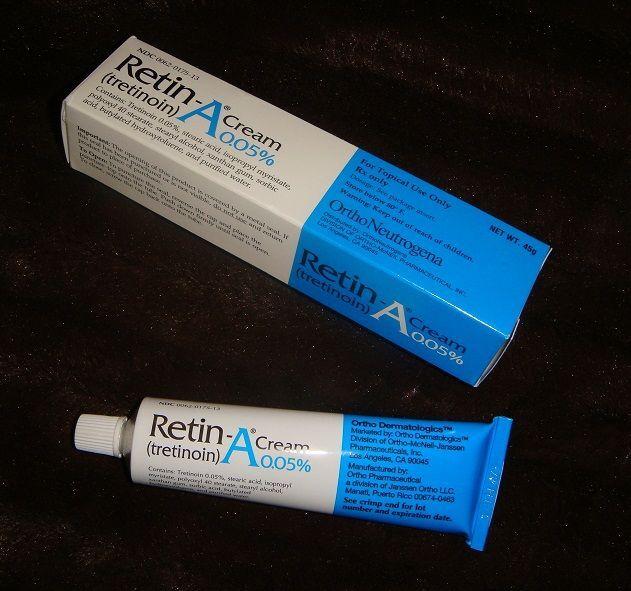What is Retin a Cream?
Skin breakout is an exceptionally normal skin condition that is created when oil and skin cells obstruct hair folliclesRetin-A will be a solution to skin inflammation treatment. The dynamic fixing in Retin a cream 0.05, Retin-A ,Retin a 0.1. lessens how much oil is created by the face, making it challenging for pores to obstruct and pimples to shape.. In some cases microscopic organisms can contaminate the follicles. These outcomes in enormous, aggravated knocks called cystic skin break out. Skin break out can happen anyplace on the body.
There are a wide range of effective solution items available for treating cystic skin break out. One of the most prevalently endorsed is a medication gotten from vitamin A called retin-A.
Retin a Cream falls under a class of drugs called retinoids. Retinoids are obtained from vitamin A. They can cause skin cells to develop and work all the more really.
What are the secondary effects?
There are a few normal secondary effects related to Retin a Cream 0.025 use. They generally disappear after you end treatment. Aftereffects include:
- consuming or stinging of the skin, which might be serious
- startling easing up of the impacted skin region
- drying or stripping of the skin, which might be serious
- redness of the skin, which might be extreme
- abnormally warm skin
- skin that is effectively burned by the sun
How safe is it?
As one of the most normally recommended skin meds for cystic skin inflammation, it is viewed as safe for the vast majority. Retin a cream buy online best Price at tretinoincream.us There are a few situations where you ought to try not to utilise Retin a Cream in light of the fact that it can cause medical conditions:
- are pregnant, attempting to become pregnant, are in danger of becoming pregnant, or are breastfeeding
- have dermatitis or have other constant skin conditions, particularly on the face
- have a burn from the sun
- are delicate to daylight
- are taking photosynthesizing drugs (like thiazides, antibiotic medications, fluoroquinolones, phenothiazines, sulfonamides, and others)
